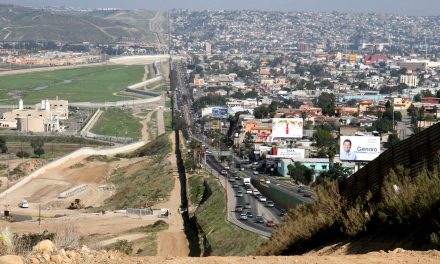On Wednesday 27th May, SpaceX will help send two astronauts to the International Space Station (ISS) in a feat that is already being heralded as a significant milestone for the United States.
The astronauts – space veterans Bob Behnken and Doug Hurley – will take off on an aircraft built by billionaire entrepreneur and founder of SpaceX, Elon Musk, after spending the last two years training for this moment.
It’ll not only be the first privately developed spacecraft to launch humans into orbit, but the first time in nearly a decade that astronauts have taken off on American soil – the last time being 2011. Since then, NASA has been paying Russia roughly $80 million per seat to fly astronauts to the ISS.
In 2010, NASA introduced the Commercial Crew programme, where they awarded two companies, SpaceX and Boeing, a contract to design an aircraft that could herald astronauts to space and back. While there have been funding issues that have caused delays, finally tomorrow will see the launch of the Falcon 9 rocket, inside the Crew Dragon capsule, as it begins its demo-2 mission.
The launch will take place on 20:33pm GMT at the Kennedy Space Centre in Florida, but there may be one more obstacle in the way before that happens – the weather.
“We’re continuing to tick off our pre-flight readiness checklist,” said Kathryn Lueders, program manager for NASA’s Commercial Crew Program. “All the teams are ‘go’.”
“And we’re continuing to make progress towards our mission. And now, the only thing we need to do is figure out how to control the weather,” Lueders said.
On Monday, the Air Force’s 45 Space Wing forecasted that there was around 40% possibility of the launch happening due to the rain and thick clouds. But the mission has set up back-up dates for Saturday or Sunday, if that should happen.
For those eager to watch, while coronavirus restrictions will make it near impossible for large groups to gather to watch the lift-off, NASA will be broadcasting 24 hours of non-stop live coverage. It will begin a few hours before the launch and continue until the astronauts reach the ISS.
What happens then?
Once the astronauts make it safely to the ISS, they will begin working alongside the crew that are already there doing research and participating in spacewalks.
Behnken and Hurley are expected to spend between 30 to 119 days on the station.
- This Artist is Making the Underwater Arena His Canvas - 28th April 2021
- A Video Game that Promotes Peace and Conflict Resolution - 15th March 2021
- Netflix’s ‘Living Undocumented’ is a Difficult Series to Watch, and Exactly Why We Should - 9th March 2021






